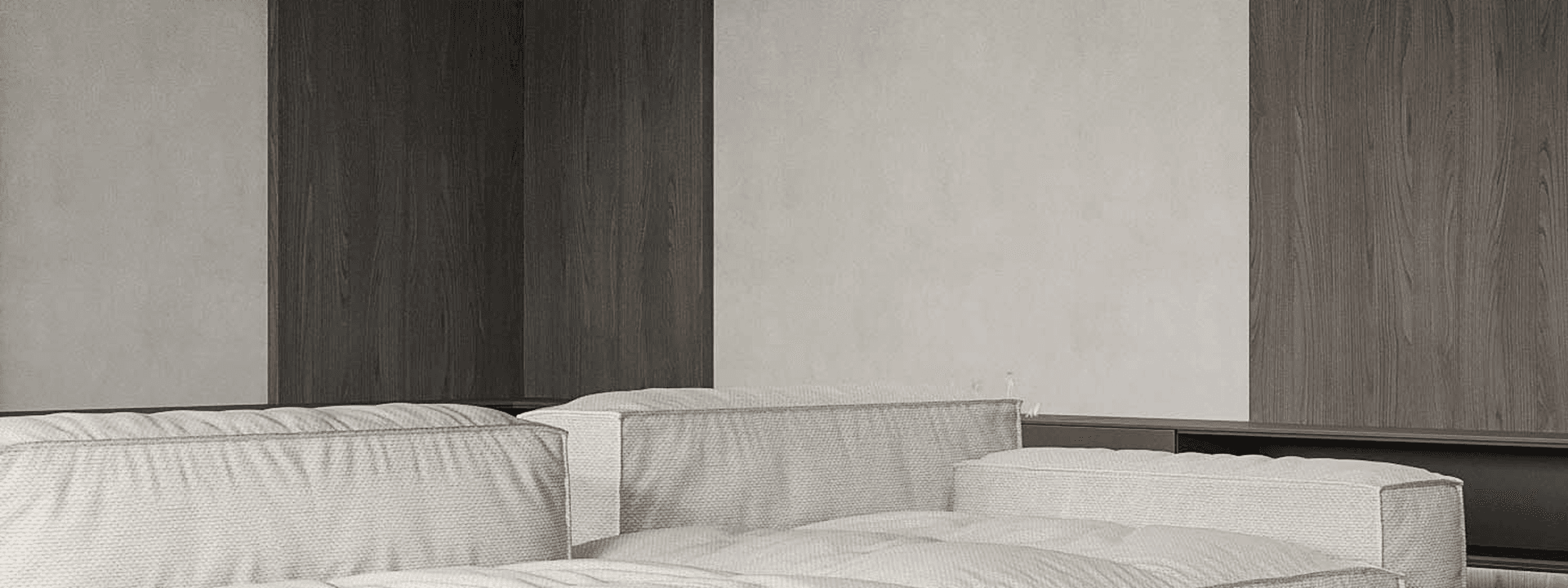In the world of interior design, lighting is more than just a functional necessity—it’s a key design element that can shape any space’s ambiance, mood, and overall aesthetic. Whether working with an interior design company in Sharjah or designing a luxurious setting in Dubai, balancing light and shadow is essential for creating a harmonious and functional environment.
The role of light and shadow in design
Light can define spaces, enhance colors, and accentuate textures. By contrast, shadows add depth and dimension, preventing spaces from appearing flat or monotonous. An interior designer understands that the interplay between light and shadow is what makes a room truly come alive, from residential homes in Ajman to upscale offices in Sharjah ,Abu Dhabi or Dubai. When done right, this balance can highlight architectural features, guide the flow of a room, and even affect how a space is experienced emotionally.
Layering your lighting
One of the most effective techniques for organizing lighting in any space is the layered lighting approach. This strategy involves using multiple sources of light—ambient, task, and accent lighting—to create a cohesive and flexible lighting scheme.
Ambient lighting provides general illumination, usually from ceiling-mounted fixtures or recessed lights. It’s the foundation of any lighting plan, making sure the room is well-lit without overwhelming the senses.
Task lighting focuses on specific areas where activities such as reading, cooking, or working take place. This includes desk lamps, kitchen under-cabinet lights, or pendant lights above counters. Task lighting should be bright and direct but also adjustable to avoid harshness.
Accent lighting is used to draw attention to particular features in a room, such as artwork, sculptures, or architectural details. Wall sconces, track lighting, and spotlights can help create focal points while also adding an element of drama through the play of light and shadow.

Maximizing natural light
In cities like Dubai and Abu Dhabi, natural light is a valuable resource due to the abundant sunshine. When organizing lighting, it’s essential to factor in how natural light interacts with artificial sources. Large windows and skylights can fill a room with daylight, reducing the need for artificial lighting during the day.
In Al Ain, where natural light might be softer, combining it with well-placed artificial lighting ensures that spaces remain well-lit throughout the day, without the room feeling washed out or overly dark.
27 February 2025
